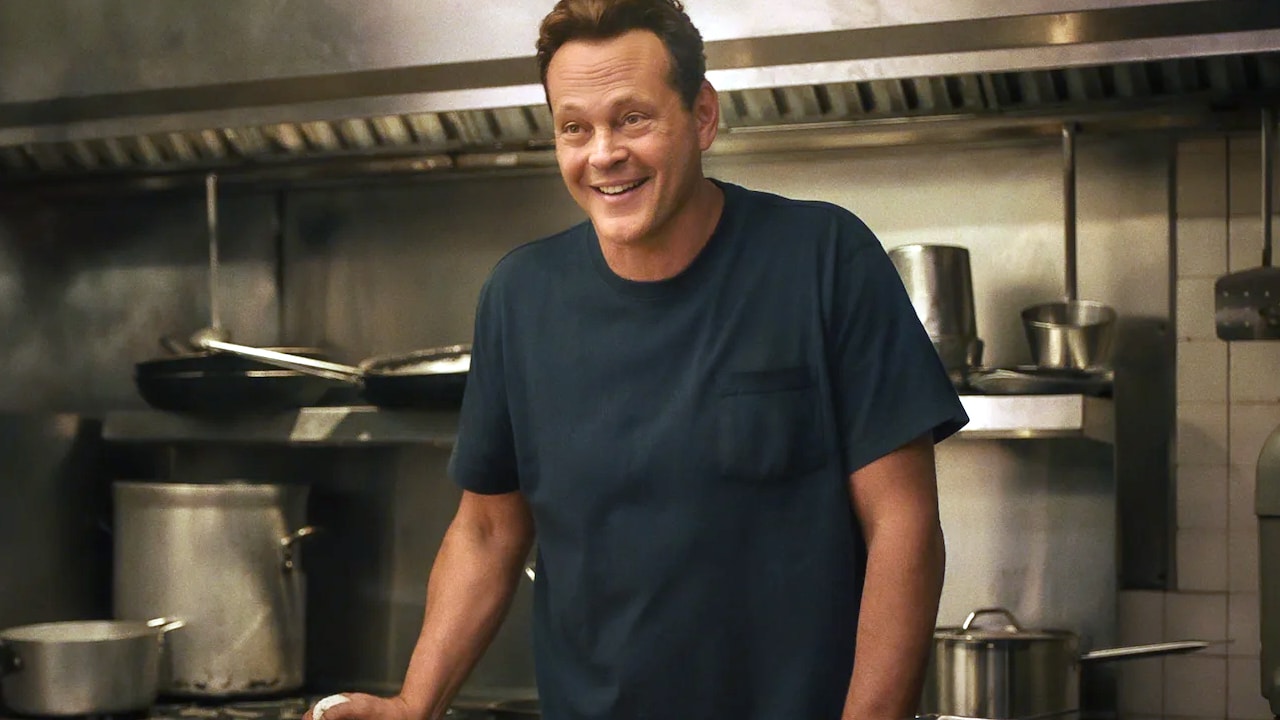Conservative Leader Pierre Poilievre, left to right, Liberal Leader Mark Carney, New Democratic Party Leader Jagmeet Singh, and Bloc Quebecois Leader Yves-Francois Blanchet, take part in a group photo prior to participating in the English-language federal leaders’ debate, in Montreal, on April 17.Adrian Wyld/The Canadian Press
“C’est beau ce qui se passe ici.” It’s beautiful what is happening here.
Nobody has watched an American televised presidential debate in recent memory and remarked on its beauty.
So this comment by moderator Patrice Roy during the televised French-language debate on Wednesday, which came after the leaders of the four main parties shared a genuine good-natured laugh about buying Canadian strawberries, really stuck out.
I expected the English-language debate the next day to be more full of raspberries, and a few were indeed blown by the party leaders.
But, ultimately, Roy’s remark returned to me at the end of it.
As Conservative leader Pierre Poilievre teared up talking about how much he enjoys meeting Canadians on the campaign trail, I – and I can’t even believe it myself – started to choke up on my couch too.
After moderator Steve Paikin signed off with an uncle joke about the Leafs-Habs rivalry, the mics went off but the cameras stayed on. Viewers saw Liberal leader Mark Carney and Poilievre shaking hands and patting each other on the back – and Bloc Leader Yves-François Blanchet and NDP Leader Jagmeet Singh chatting amiably with big, natural smiles.
The jokes, the emotion, the visual images of camaraderie – we can’t take this kind of thing for granted any more.
The sense that these four leaders, not all previously known for such collegiality, might work together against external threats – no matter the election outcome – spoke louder than anything said over two nights of television.
It was … beautiful.
The Leaders’ Debates Commission, the independent public body that’s organized them since 2019 election, is under fire for a couple of recent decisions: the last-minute exclusion of the Green Party, justified as it may have been, and the inclusion of a gaggle of rabble-rousers from far-right sites in the postdebate scrums on Wednesday.
So let’s not lose sight of the fact that the third time was the charm for it in terms of the main event: This week’s debates were two-hour televisual tonics.
Happy birthday, YouTube
We’re living in a time of unprecedented division and polarization? That’s not what we saw on screen.
Credit goes too to the Canadian Broadcasting Corporation and Société Radio-Canada, who were the sole producers of this year’s debates, a shift from the too-many-cooks situation of the last two rounds, where multiple networks were involved.
The producers came up with a serious format for the broadcast, hired the most sober of moderators and staged debates where differences small and big between the parties’ positions were able to be teased out beyond the rehearsed soundbites.
Back in 2021, the Leaders’ Debates Commission was responsible for a whiz-bang production moderated by a pollster who threw a flurry of questions at the contestants; it felt like a frenetic game show, afraid to lose viewers.
The 2025 debates summoned thoughts of chatting while playing a classic Canadian cottage game.
The circular silver and grey set looked like a giant, patriotic crokinole set, with a maple leaf at the centre in lieu of the 20 hole you try to land discs in.
The designers had found the perfect visual metaphor for an event where the primary goals of the chief competitors (Carney and Poilievre) were to gently flick toward the centre.
Both were trying to land discs of policy and personality with the small percentage of centrist voters who have been see-sawing between the Conservatives and Liberals.
The neutral tones of the set also helped the leaders stay in a calm zone.
The only colours were extremely muted. Rainbows made of dots – red, light blue, dark blue, orange and green – circled behind the leaders and across an on-set screen.
The green was, of course, a reminder that something had changed so late in the process that there wasn’t even enough time to update the graphics.
When Blanchet, for a second night in a row, accused Carney of saying one thing in English and another in French, it, ironically, brought home the fact the leaders were, in fact, saying mostly the same things in both two debates for the first time in recent memory. The country’s concerns are unusually in sync.
Myths abound about television debates, transforming them into adversarial affairs that make political leaders waste too much time cultivating perfect smiles and working on body language.
But debates hardly ever actually shift votes; they’re spectacles of democracy that are really there to make us feel as if politics is a rational, measured affair.
The “knockout blow”– which in these times seems a gratuitously violent metaphor – is something that only bloodthirsty pundits and partisans are seeking.
Those looking for altercations found one on Thursday after the postdebate scrum was cancelled amid what Canadian Press reported were “heated exchanges between reporters and representatives of the right-wing media group Rebel News.” On CTV, reporter Mike Le Couteur described how “it started to get testy and physical as well” on the streets outside. The polarized world (and those who profit from it) is still out there.
But the debates themselves showed something else. I slept well after them.
Nobody wants Canadian politics to turn into American politics where you can’t touch that dial. We want to be able to click this off, after April 28 at least.




![9th May: The Diplomat (2025), 2hr 12m [TV-MA] (7/10)](https://occ-0-953-999.1.nflxso.net/dnm/api/v6/Qs00mKCpRvrkl3HZAN5KwEL1kpE/AAAABVTes1VoAk1BIY7qF1zNSNbYcLpBS6Co6mCiCHnXTQahBrrGS3RBJydulGLr6jnR_Werhane_2j9am0uZva6a4jjp3JbiS932C4wk1Gx5u9KTNWNaT10bTBUKMnraXlw6oM6z11QN9sWh8wPSjrqsVtESGAIMauHAK6dgNPfo4-Sbg.jpg?r=90c)







